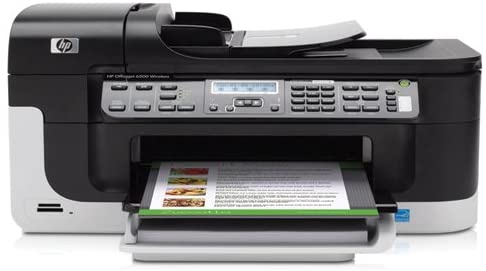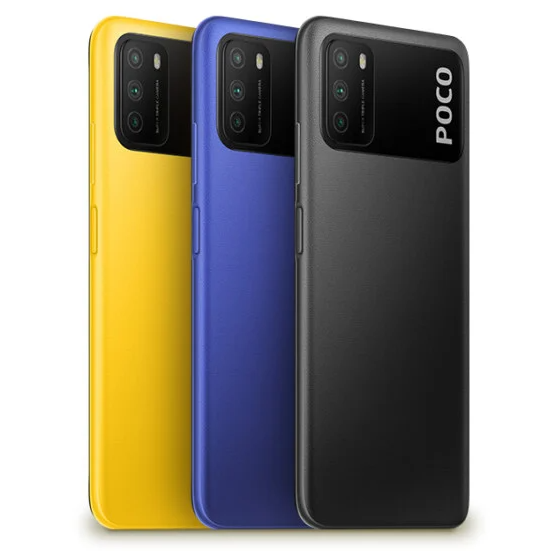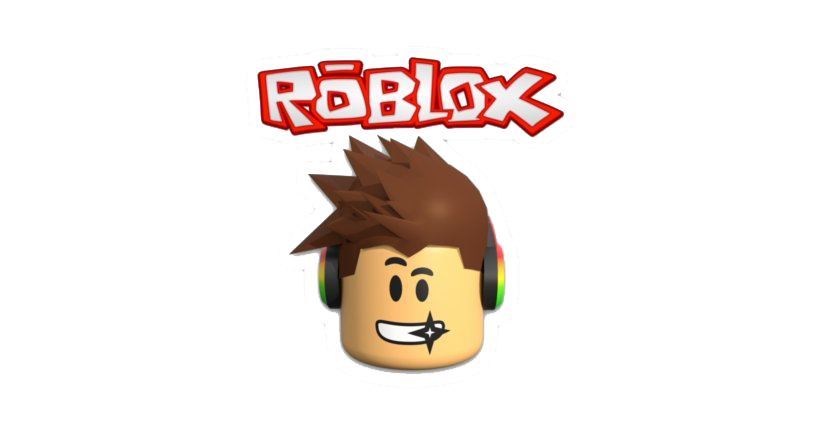In this comprehensive guide, we will walk you through the process of connecting your phone to a Chromebook using a USB connection. Whether you’re looking to transfer files, use your phone as an extra monitor, or sync data between devices, this step-by-step guide will help you get up and running in no time. We will cover everything from the requirements and setup on both the Chromebook and your phone, to troubleshooting common issues that may arise. So let’s get started!
Connecting Your Smartphone to Your Chromebook
Smartphones and Chromebooks are two popular devices that can be seamlessly connected with a USB cable. By establishing this connection, you can transfer files, sync data, and even use your phone as an additional monitor. Let’s dive into the step-by-step process of connecting your smartphone to your Chromebook.
The first thing you’ll need is a compatible micro-USB cable and an available USB port on your Chromebook. Additionally, ensure that your Android phone supports data transfer over USB cables. Once you have these items ready, you can proceed with the setup process.
Requirements: Supported Phone & OS
Before connecting your phone to your Chromebook, it’s crucial to ensure that your devices meet the necessary requirements. Not all phones are supported by all Chromebook models, so it’s essential to check for compatibility. Here are the key requirements:
- Supported Phone Model: Check if your phone model is compatible with your Chromebook. Some Chromebooks may not support certain phone models, so it’s crucial to verify compatibility before proceeding.
- Operating System (OS): Ensure that your Android phone is running version 6.0 or newer. Older versions may not support the necessary features for a successful connection.
By meeting these requirements, you can ensure a smooth connection between your phone and Chromebook.
Setup on Chromebook: USB Debugging
To enable the connection between your phone and Chromebook, you need to enable USB debugging on your Chromebook. USB debugging allows you to access and transfer files between the two devices seamlessly. Here’s how you can set up USB debugging on your Chromebook:
- Enable Developer Mode: Press and hold the Esc + Refresh keys on your Chromebook’s keyboard, then tap the Power button. Continue holding the Esc + Refresh keys until you see the “Chrome OS is missing or damaged” message. On the screen that appears next, press Ctrl+D to enter Developer Mode.
- Boot into Recovery Mode: After enabling Developer Mode, your Chromebook will boot into recovery mode. This process may take some time. Once the initial setup is complete, sign in to Chrome OS as usual.
By following these steps, you have successfully enabled USB debugging on your Chromebook.
Set Up on Phone: Enable Developer Mode
To establish a successful USB connection between your phone and Chromebook, you need to enable Developer Mode on your phone. By doing so, you can access and transfer data easily. Here’s how to enable Developer Mode on your Android phone:
- Open Settings: Go to the Settings app on your Android phone.
- Find About Phone: Scroll down and find the “About Phone” option. It may be located under the “System” or “About Device” category.
- Tap Build Number: In the “About Phone” section, look for the “Build Number” option. Tap on it seven times in rapid succession. This action will unlock Developer options on your phone.
- Enable Developer Options: After tapping the Build Number seven times, go back to the main settings menu. You should now see “Developer Options” listed as an option. Tap on it to access the developer settings.
- Enable USB Debugging and OEM Unlocking: Within the Developer Options menu, find the USB Debugging and OEM Unlocking options. Enable both of these settings.
By enabling Developer Mode and USB Debugging on your phone, you are now ready to connect it to your Chromebook.
Connect Phone to Chromebook: USB Cable
Now that you have enabled USB debugging on both your Chromebook and phone, it’s time to connect them using a USB cable. This connection will allow you to transfer files, sync data, and perform various tasks seamlessly. Here’s how to connect your phone to your Chromebook using a USB cable:
- Power On and Unlock Devices: Ensure that both your Chromebook and phone are powered on. If either device is locked, unlock it before proceeding.
- Connect USB Cable: Use a USB-C or Micro USB cable (depending on the available ports) to connect your phone to the Chromebook. Insert one end of the cable into the USB port on your phone and the other end into an available USB port on your Chromebook.
- Open Settings on Chromebook: On your Chromebook, open the Settings app. You can usually find it in the app launcher or by clicking on the system tray and selecting the gear icon.
- Select “Connected Devices”: In the Settings menu, look for the “Connected Devices” option. It may be listed under “Device connections” or a similar category.
- Establish Connection: Within the “Connected Devices” menu, select the option that allows you to establish a connection via USB. This action will initiate the connection between your phone and Chromebook.
- Grant Permissions: When connecting your phone to your Chromebook for the first time, you may be prompted to grant certain permissions. Follow the on-screen instructions to allow data transfer between the two devices.
By following these steps, you have successfully connected your phone to your Chromebook using a USB cable.
Transfer Files and Data
Once your phone is connected to your Chromebook, you can easily transfer files and data between the two devices. Whether you want to back up important files or share documents, the USB connection provides a seamless solution. Here’s how to transfer files and data:
- Ensure Connection: Ensure that your phone is still connected to your Chromebook via the USB cable.
- Open Files App: On your Chromebook, open the Files app. You can usually find it in the app launcher or by clicking on the Files icon in the system tray.
- Access Storage: In the Files app, you will see different storage options listed, including “Internal Storage” for your phone and “Downloads” for your Chromebook. Click on the relevant storage option to access the files and data you want to transfer.
- Transfer Files: To transfer files from your phone to your Chromebook, select the files you want to transfer, then drag and drop them into the desired location in your Chromebook’s storage. Alternatively, you can use the copy and paste method.
- Sync Data: If you want to sync specific data, such as contacts, calendars, or photos, between your phone and Chromebook, you can use Google services like Google Contacts, Google Calendar, and Google Photos. Ensure that you have signed in to the same Google account on both devices to enable synchronization.
By following these steps, you can easily transfer files and sync data between your phone and Chromebook.
Other Options to Connect
While connecting your phone to your Chromebook using a USB cable is a reliable and straightforward method, there are alternative options available. These options provide wireless connections between devices, allowing for seamless file sharing and data synchronization. Here are a couple of alternative options:
- Bluetooth: Bluetooth is a wireless technology that enables devices to communicate with each other over short distances. By pairing your phone and Chromebook via Bluetooth, you can easily transfer files and share data without the need for a physical connection.
- Wi-Fi Direct: Wi-Fi Direct allows for direct device-to-device communication without the need for an internet connection or nearby router. This option is ideal for transferring large files quickly between your phone and Chromebook without relying on cloud services.
Both Bluetooth and Wi-Fi Direct offer convenient wireless alternatives to USB connections, providing flexibility and convenience for file sharing and data synchronization.
Tips for Troubleshooting Issues
While connecting your phone to your Chromebook with a USB cable is generally a straightforward process, there may be instances where you encounter issues. Here are some tips to troubleshoot common problems:
- Check Compatibility: Ensure that the USB connection is compatible between your phone and Chromebook. Some devices may have specific requirements or limitations.
- Update Drivers: If the connection is not working, check if the drivers for your phone have been updated recently. Outdated drivers can cause compatibility issues.
- Enable USB Debugging: Double-check that you have enabled USB debugging in your phone’s settings. This setting must be enabled for a successful connection with a Chromebook.
- Check USB Cable: Inspect the USB cable for any signs of damage. A faulty cable can disrupt the connection. Try using a different cable if available.
- Update Apps: Ensure that all relevant apps on both your phone and Chromebook are up to date. Incompatible app versions can lead to connectivity problems.
By following these troubleshooting tips, you can overcome common issues and establish a successful USB connection between your phone and Chromebook.
Conclusion
Connecting your phone to a Chromebook with a USB cable provides a convenient way to transfer files and sync data between devices. By following the step-by-step guide in this article, you can establish a seamless connection and take advantage of the benefits it offers. Whether you’re using your phone as an extra monitor or simply transferring files, the USB connection provides a reliable solution.
Remember to check the compatibility requirements, enable USB debugging, and use a compatible USB cable. By following these guidelines and troubleshooting any issues that may arise, you can easily connect your phone to your Chromebook and enjoy the convenience of seamless data transfer.
FAQs About How to Connect Phone to Chromebook with USB
If you have any further questions about connecting your phone to a Chromebook with a USB connection, check out these frequently asked questions:
How do I connect my Chromebook to my phone?
To connect your Chromebook to your phone, make sure both devices are on the same Wi-Fi network. Then, open the Settings app on your Chromebook, select “Connected Devices,” and choose “Add Device.” Select your mobile device from the list and follow any on-screen instructions for further setup.
How do I enable USB on Chromebook?
To enable USB on your Chromebook, open the Settings app, click on “Device,” and select “Displays & Accessories.” Choose the “USB” option and enable the desired device types (such as a mouse or keyboard). Ensure that any connected USB devices have their own power source for proper functionality.
How do I transfer my Android phone to my Chromebook?
To transfer data from your Android phone to your Chromebook, ensure that both devices are connected to the same Wi-Fi network. Open the Quick Settings menu on both devices and select “Nearby Sharing” or “Connection Preferences.” On your Android phone, choose “Send Data from This Device,” and on your Chromebook, select “Receive Data on This Device.”
What happens when you connect your phone to your Chromebook?
When you connect your phone to your Chromebook, you can access notifications from both devices on either one. This allows for efficient email checking and message responding. Additionally, you can access saved passwords and other private information from either device. Connecting your phone also enables Google Play Store integration, providing instant access to millions of apps.
By referring to these FAQs, you can find answers to common queries about connecting your phone to a Chromebook with a USB connection.






